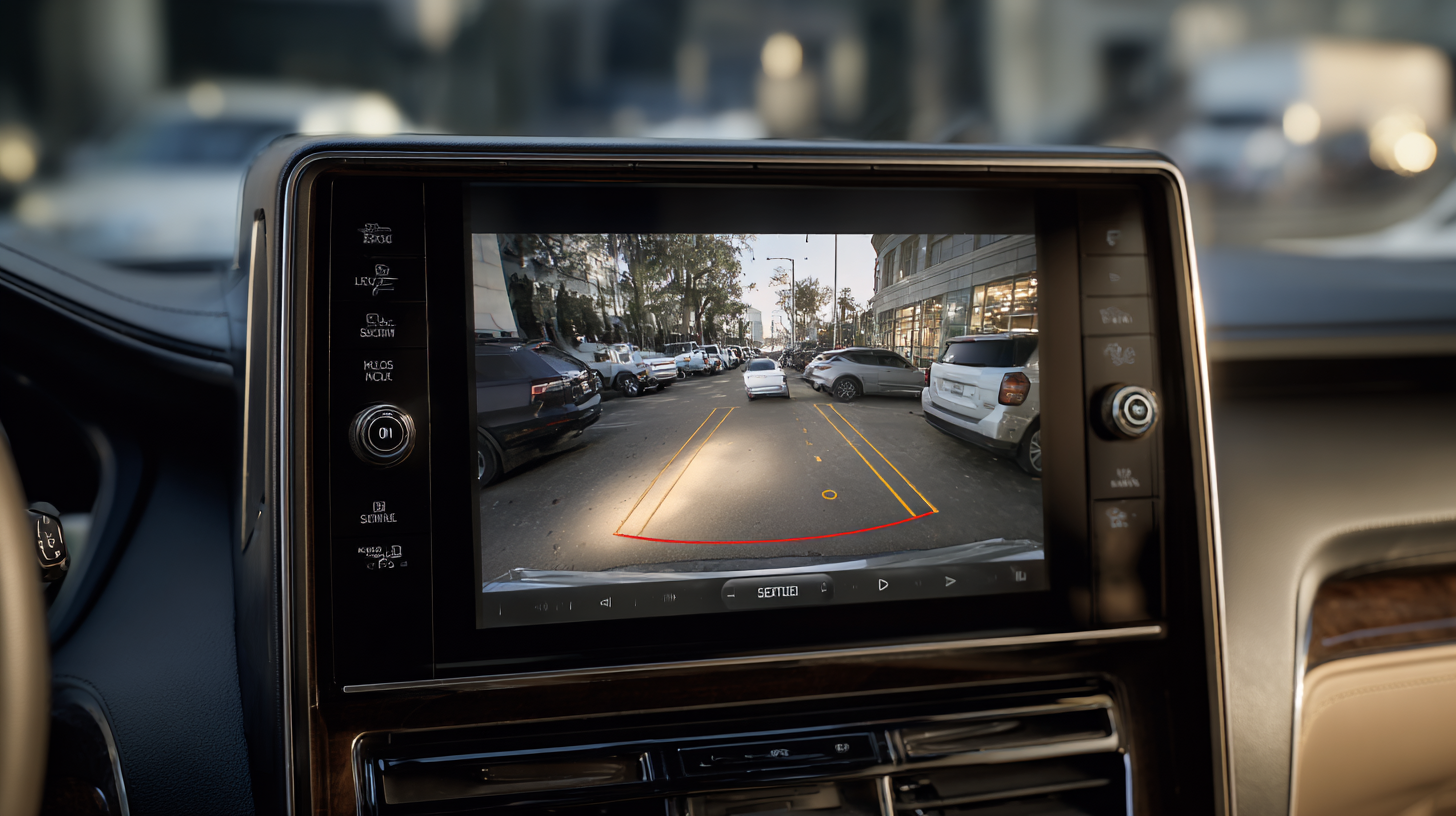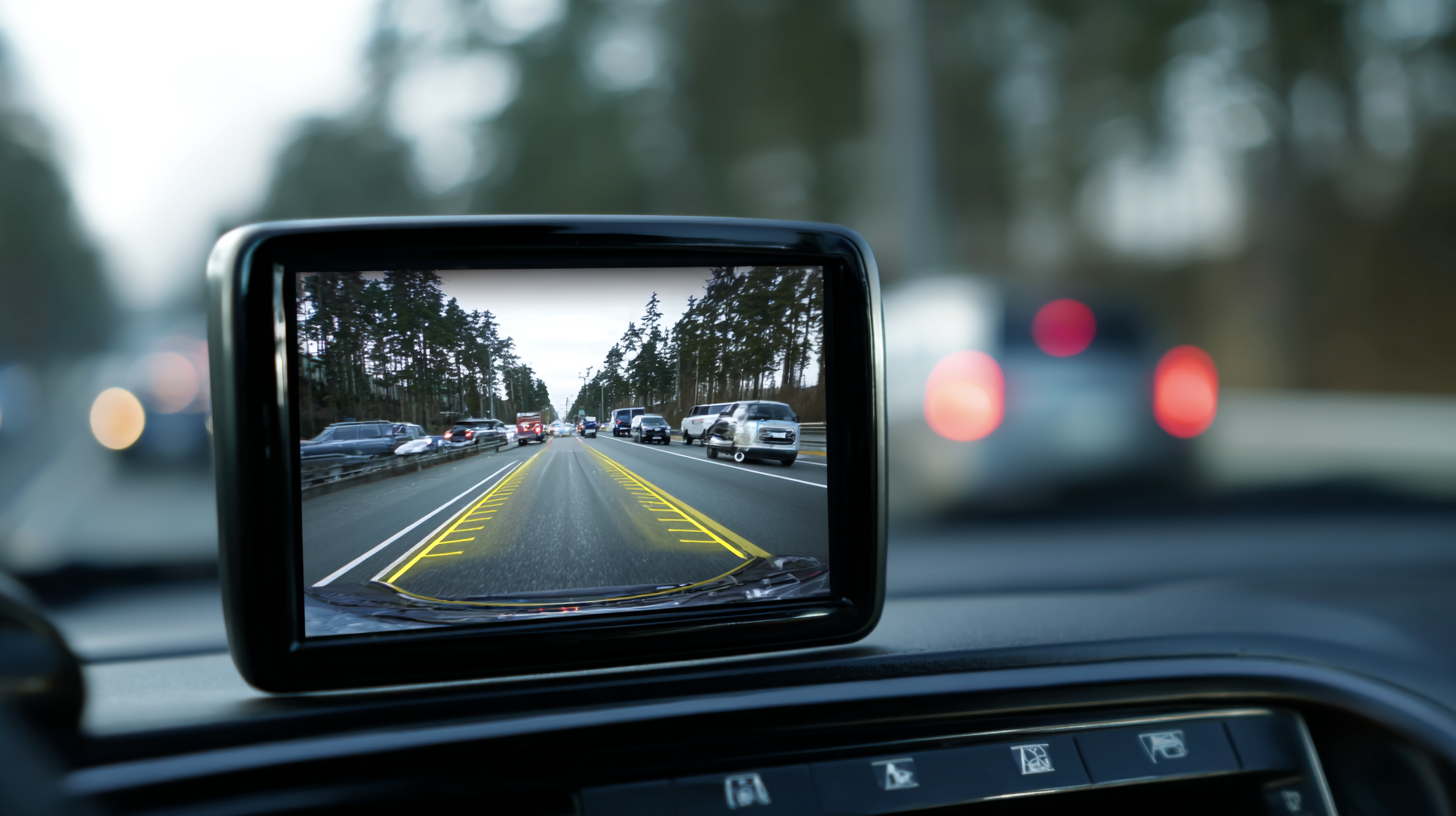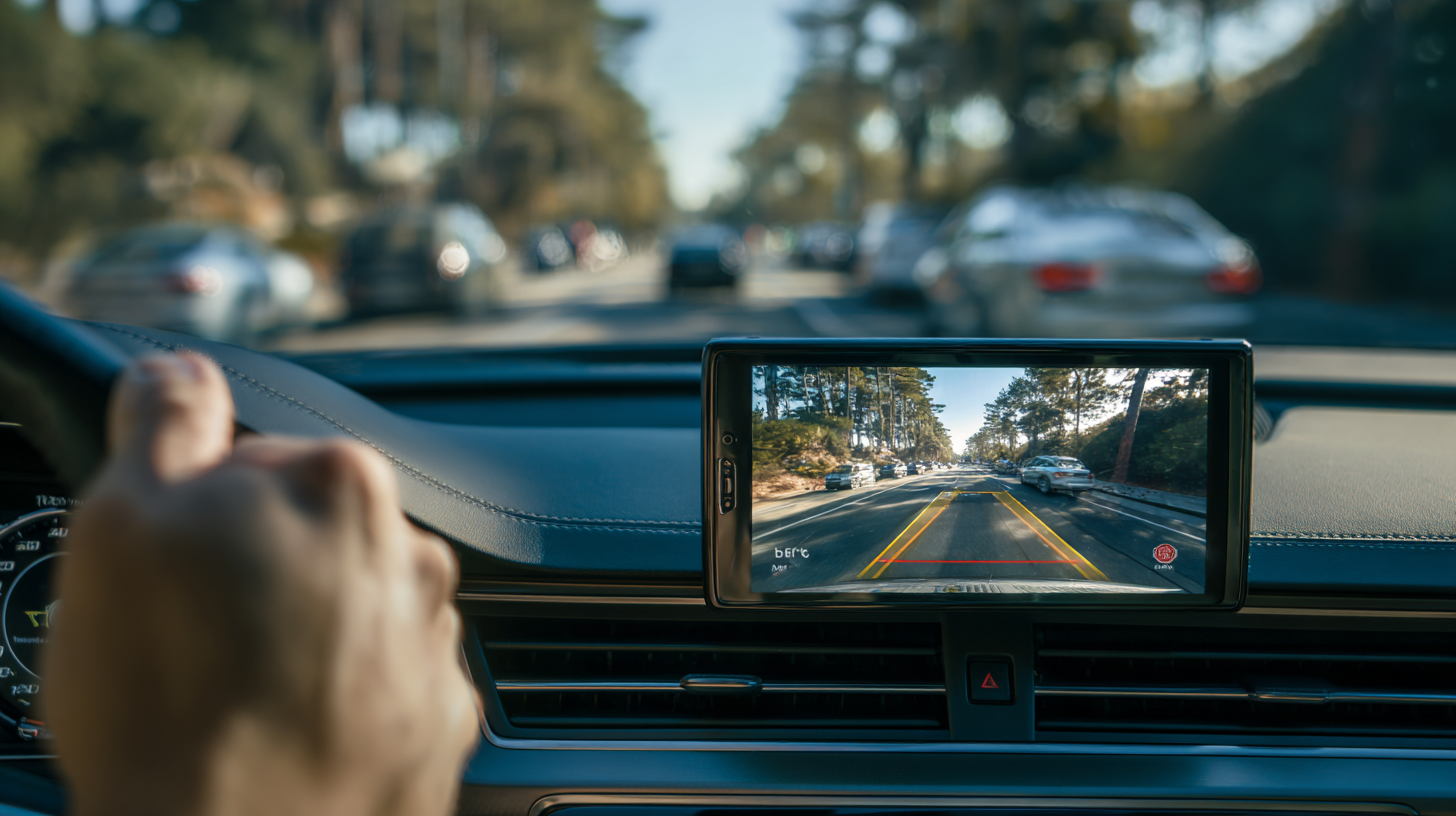As we move toward 2025, the automotive industry continues to embrace advanced technologies, with Backup Cameras becoming a critical safety feature in vehicles. According to a report by the National Highway Traffic Safety Administration (NHTSA), the implementation of backup cameras in new vehicles has led to a significant reduction in backover accidents, enhancing overall road safety. Industry analysts project that the global backup camera market will reach $2.5 billion by 2026, driven by increasing consumer demand for enhanced safety and convenience. This blog aims to provide an in-depth comparison of the leading backup cameras available in the market, examining their features, performance, and technological advancements. As we explore the latest industry trends, understanding the various types of backup cameras will equip consumers to make informed decisions for maximizing safety on the road.

As the automotive industry evolves, the importance of backup cameras has become increasingly evident, driving their adoption across various vehicle segments. According to a recent report by MarketsandMarkets, the global backup camera market is expected to reach $5.2 billion by 2025, growing at a CAGR of 13.5%. This surge is primarily fueled by the growing emphasis on vehicle safety regulations, which have made backup cameras a standard feature in many new vehicles.
Key features that are propelling this trend include high-definition video quality, enhanced night vision capabilities, and the integration of advanced driver-assistance systems (ADAS). For instance, a 2023 study by the National Highway Traffic Safety Administration found that vehicles equipped with backup cameras can reduce backup collisions by nearly 40%. Moreover, technologies such as lane departure warnings and obstacle detection are becoming increasingly paired with backup cameras, further improving safety and user experience. The combination of these innovative features not only enhances the functionality of backup cameras but also contributes to their widespread adoption in the automotive market, reflecting a major shift towards safer driving practices.
This chart illustrates the key features driving the adoption of backup cameras in 2025, highlighting the importance of safety, ease of installation, and image quality.
As we delve into 2025 industry trends, the landscape of backup cameras continues to evolve, showcasing remarkable advancements in technology. When it comes to leading backup camera technologies, three primary categories stand out: traditional rearview systems, advanced camera arrays, and integrated sensor technology. Traditional rearview cameras offer standard wide-angle views, helping drivers avert obstacles, but they often fall short in complex driving scenarios.
Conversely, advanced camera arrays provide a more comprehensive perspective with multiple camera feeds, enhancing situational awareness. These systems combine images to create a 360-degree view of the vehicle's surroundings, significantly reducing blind spots. Meanwhile, integrated sensor technologies take safety to the next level by incorporating proximity sensors that detect nearby objects, alerting drivers audibly or visually to potential hazards. Each of these technologies presents unique advantages, making it crucial for consumers to assess their specific needs and driving environments when choosing the right backup camera for their vehicles.
In today's fast-paced world, the use of backup cameras has emerged as a pivotal technology in enhancing safety and efficiency for drivers. These systems provide real-time video feed of the area behind a vehicle, allowing for better awareness of blind spots that traditional mirrors might overlook. As a result, various industries, from logistics to personal transportation, are benefiting from reduced accidents and improved maneuverability in tight spaces. For instance, delivery trucks equipped with state-of-the-art backup cameras can navigate busy urban environments more safely, ensuring packages arrive without incident.
Moreover, backup cameras play a crucial role beyond just safety; they also contribute to operational efficiency. In commercial applications, organizations are seeing the value of these devices in fleet management. By equipping vehicles with advanced backup camera systems, companies can reduce reversing accidents, which not only lowers repair costs but also minimizes downtime. Furthermore, the integration of these cameras with GPS and parking assist technologies provides drivers with a comprehensive approach to navigating difficult environments, enhancing productivity while ensuring safety is not compromised. As backup camera technology continues to evolve, its real-world applications will undoubtedly shape the future of vehicle safety and efficiency across various sectors.

As the automotive industry evolves, the demand for advanced safety features like backup cameras continues to grow. A recent survey by the National Highway Traffic Safety Administration (NHTSA) reveals that nearly 70% of consumers believe that backup cameras significantly enhance driving safety. User feedback consistently highlights the ease of use and reliability of these systems, with many stating that they provide unparalleled visibility when reversing, especially in crowded urban environments.

In 2025, the backup camera market is projected to reach $3.5 billion, with manufacturers continuously improving technology based on user reviews and preferences. According to a 2023 report by Market Research Future, high-definition cameras and advanced driver-assistance systems (ADAS) are becoming increasingly prevalent, meeting consumer demand for higher resolution and more integrated safety features. Users have expressed appreciation for the real-time feedback and cross-traffic alerts offered by newer models, emphasizing that these functions not only enhance safety but also reduce stress during parking and maneuvering in tight spaces.
As we approach 2025, the innovation landscape for backup cameras is expected to undergo significant transformation. With the global automotive backup camera market projected to reach $17.5 billion by 2026, driven by heightened safety regulations and consumer demand for advanced driver assistance systems (ADAS), manufacturers are investing heavily in developing cutting-edge technologies. Companies are focusing on enhancing image quality, connectivity, and usability, responding to growing consumer expectations for seamless integration with smart devices.
One major trend is the integration of artificial intelligence (AI) within backup camera systems. Research indicates that AI can significantly improve obstacle detection and collision avoidance. By incorporating machine learning algorithms, future models will be able to analyze driving environments in real-time, adapting to various scenarios for improved accuracy and efficiency. Additionally, 360-degree surround-view systems are rapidly gaining traction, offering drivers a comprehensive view of their surroundings, effectively reducing blind spots and enhancing overall safety. As these technologies continue to evolve, the backup camera systems of 2025 promise not only to provide clearer images but also to offer intelligent features that will redefine safety standards in the automotive industry.
| Camera Resolution | Field of View | Night Vision | Integration with Advanced Driver-Assistance Systems (ADAS) | Projected Price by 2025 |
|---|---|---|---|---|
| 1080p | 120 degrees | Yes | Full integration | $150 |
| 4K | 150 degrees | Yes, enhanced | Full integration with predictive features | $250 |
| 1080p | 90 degrees | No | Basic integration | $100 |
| 2K | 110 degrees | Yes | Partial integration | $180 |
| 4K | 160 degrees | Yes, ultra | Advanced integration | $300 |
